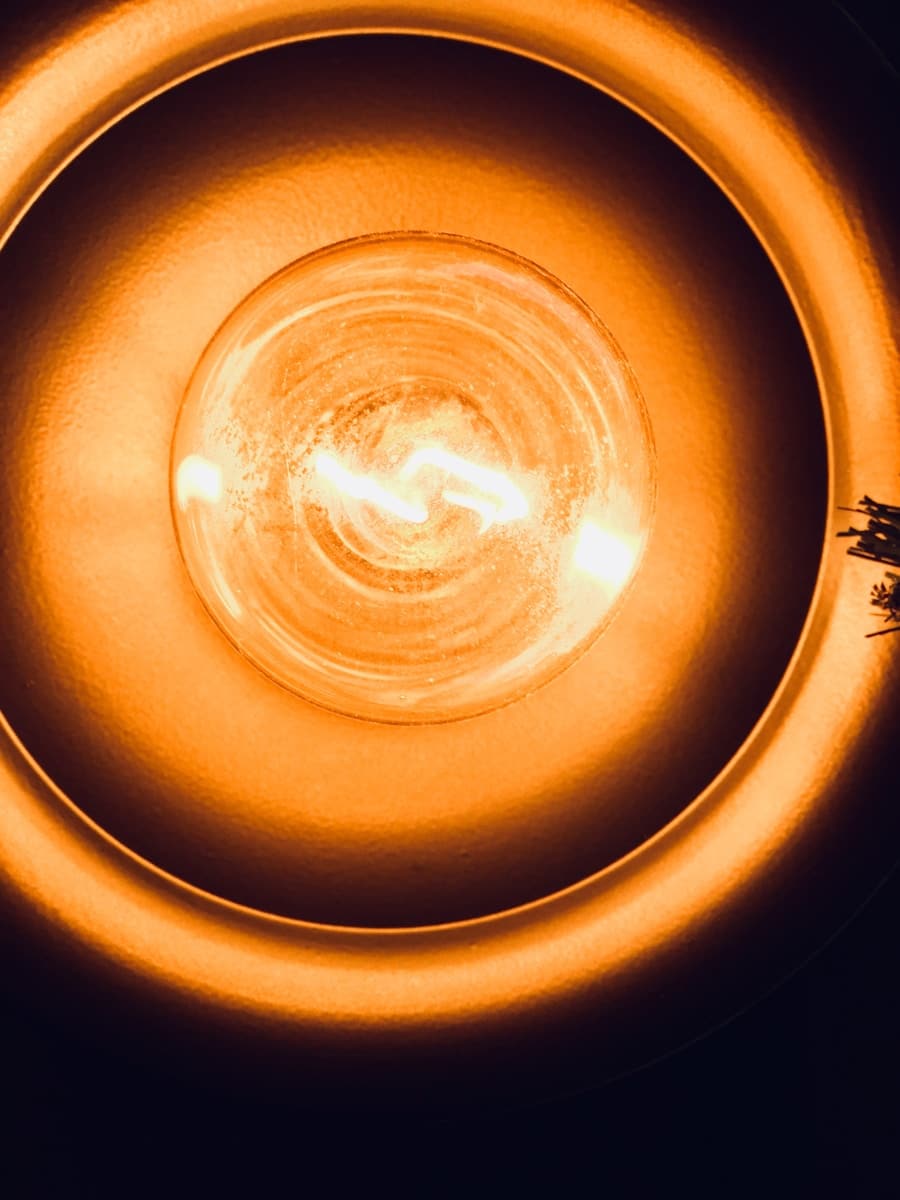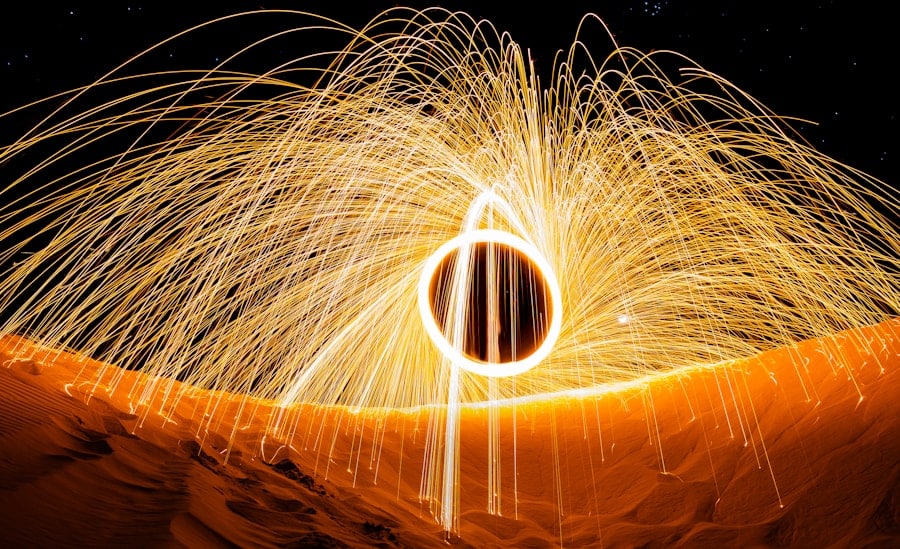Space weather refers to the environmental conditions in space, particularly those influenced by solar activity, which can have profound effects on Earth’s magnetosphere, ionosphere, and thermosphere. The Sun emits a continuous stream of charged particles known as solar wind, and during solar flares or coronal mass ejections (CMEs), this activity can intensify dramatically. These phenomena can disrupt satellite operations, affect radio communications, and even pose risks to astronauts in space.
Understanding and predicting these events is crucial for mitigating their potential impacts on technology and human activities. Space weather modeling is the scientific endeavor aimed at forecasting these solar phenomena and their subsequent effects on Earth. It involves complex simulations that take into account various physical processes occurring in the Sun and the interplanetary medium.
Traditional models have relied heavily on physics-based approaches, utilizing equations derived from magnetohydrodynamics and plasma physics. However, as the complexity of space weather phenomena increases, so does the need for more sophisticated modeling techniques that can handle vast amounts of data and provide timely predictions. This is where artificial intelligence (AI) and neural networks come into play, offering new avenues for enhancing the accuracy and efficiency of space weather forecasts.
Key Takeaways
- Space weather modeling is crucial for understanding and predicting the impact of solar activity on Earth’s environment.
- AI-powered neural networks play a significant role in improving the accuracy and efficiency of space weather modeling.
- The advantages of using AI-powered neural networks in space weather modeling include faster data processing, pattern recognition, and predictive capabilities.
- Challenges and limitations of AI-powered neural networks in space weather modeling include data scarcity, interpretability of results, and potential biases.
- Case studies demonstrate how AI-powered neural networks have enhanced space weather modeling by providing more accurate forecasts and early warnings for potential space weather events.
The Role of AI-Powered Neural Networks in Space Weather Modeling
AI-powered neural networks have emerged as a transformative tool in various fields, including space weather modeling. These computational models are designed to mimic the way human brains process information, allowing them to learn from data patterns and make predictions based on that learning. In the context of space weather, neural networks can analyze historical data from solar observations, satellite measurements, and ground-based sensors to identify patterns that may precede significant solar events.
One of the key advantages of using neural networks in this domain is their ability to process large datasets quickly and efficiently. Traditional modeling techniques often require extensive computational resources and time to simulate complex interactions in space weather systems. In contrast, neural networks can be trained on vast amounts of data, enabling them to recognize subtle correlations that might be missed by conventional methods.
For instance, researchers have successfully employed convolutional neural networks (CNNs) to analyze images of solar flares captured by satellites, allowing for real-time predictions of flare occurrences based on visual patterns.
Advantages of Using AI-Powered Neural Networks in Space Weather Modeling

The integration of AI-powered neural networks into space weather modeling offers several significant advantages. First and foremost is the speed at which these models can generate predictions. Traditional models may take hours or even days to run simulations, while neural networks can provide near-instantaneous forecasts once trained.
This rapid processing capability is particularly valuable during periods of heightened solar activity when timely warnings are essential for protecting infrastructure and ensuring public safety. Another advantage lies in the adaptability of neural networks. Unlike static models that rely on fixed parameters, AI systems can continuously learn from new data inputs.
This adaptability is crucial in a field like space weather, where conditions can change rapidly and unpredictably. For example, a neural network trained on data from a specific solar cycle can adjust its parameters when exposed to data from subsequent cycles, improving its predictive accuracy over time.
Challenges and Limitations of AI-Powered Neural Networks in Space Weather Modeling
Despite their numerous advantages, the application of AI-powered neural networks in space weather modeling is not without challenges. One significant limitation is the requirement for high-quality training data. Neural networks rely on large datasets to learn effectively; however, the availability of comprehensive and accurately labeled data in the field of space weather can be limited.
In many cases, historical data may be sparse or inconsistent, which can hinder the training process and lead to less reliable predictions. Moreover, the “black box” nature of neural networks poses another challenge. While these models can produce highly accurate predictions, understanding the underlying mechanisms driving those predictions can be difficult.
This lack of interpretability raises concerns about trust and accountability in decision-making processes based on AI-generated forecasts. For instance, if a neural network predicts a significant solar storm but cannot explain why it arrived at that conclusion, scientists and policymakers may hesitate to act on that information. Bridging this gap between predictive accuracy and interpretability remains a critical area of research in the application of AI to space weather modeling.
Case Studies: How AI-Powered Neural Networks Have Improved Space Weather Modeling
Several case studies illustrate the successful application of AI-powered neural networks in enhancing space weather modeling capabilities. One notable example is the work conducted by researchers at NASA’s Goddard Space Flight Center, who developed a deep learning model to predict solar flares. By training their neural network on over 10 years’ worth of solar observation data from the Solar Dynamics Observatory (SDO), they achieved a prediction accuracy rate significantly higher than traditional methods.
This model not only improved short-term forecasting but also provided insights into the physical processes leading to flare events. Another compelling case study comes from the European Space Agency (ESA), which utilized machine learning techniques to analyze data from its Solar Orbiter mission. The ESA team employed recurrent neural networks (RNNs) to predict solar wind conditions based on historical measurements taken by spacecraft near the Sun.
Their findings demonstrated that machine learning could effectively capture temporal dependencies in solar wind data, leading to more accurate forecasts of space weather conditions affecting Earth. These case studies highlight how AI-powered neural networks are not merely theoretical constructs but practical tools that have already begun to reshape our understanding and prediction capabilities in space weather modeling.
Future Implications and Potential Developments in AI-Powered Space Weather Modeling

The future of AI-powered space weather modeling holds immense potential for further advancements in predictive capabilities and operational applications. As satellite technology continues to evolve, an increasing volume of high-resolution data will become available for analysis. This influx of information will provide fertile ground for training more sophisticated neural network models capable of capturing intricate patterns in solar activity.
Moreover, advancements in transfer learning—a technique where a model trained on one task is adapted for another—could enhance the applicability of AI models across different solar cycles or even different celestial bodies. For instance, a model trained on solar data could potentially be adapted to predict space weather conditions around other stars or planets with similar magnetic environments. Collaboration between scientists, engineers, and AI experts will be crucial in realizing these advancements.
Interdisciplinary teams can leverage diverse expertise to develop hybrid models that combine traditional physics-based approaches with machine learning techniques, resulting in more robust forecasting systems that account for both empirical data and theoretical principles.
Ethical and Regulatory Considerations in Using AI-Powered Neural Networks for Space Weather Modeling
As with any application of artificial intelligence, ethical and regulatory considerations must be addressed when implementing AI-powered neural networks in space weather modeling. One primary concern revolves around data privacy and security. The collection and use of observational data from satellites and ground-based sensors must adhere to ethical standards that protect sensitive information while ensuring transparency in how data is utilized for model training.
Additionally, there is a need for regulatory frameworks that govern the deployment of AI systems in critical areas such as space weather forecasting. Policymakers must consider how decisions based on AI-generated predictions could impact public safety and infrastructure resilience. Establishing guidelines for accountability—particularly regarding how predictions are communicated to stakeholders—will be essential in fostering trust in AI-driven forecasts.
Furthermore, as AI systems become more integrated into operational decision-making processes, there is a risk of over-reliance on automated predictions without sufficient human oversight. Ensuring that experts remain involved in interpreting results and making informed decisions will be vital in mitigating potential risks associated with automated systems.
The Impact of AI-Powered Neural Networks on Advancing Space Weather Modeling
The integration of AI-powered neural networks into space weather modeling represents a significant leap forward in our ability to understand and predict solar phenomena that impact Earth. By harnessing the power of machine learning algorithms, researchers are developing more accurate forecasting tools that can respond rapidly to changing conditions in space weather environments. While challenges remain—particularly regarding data quality and model interpretability—the potential benefits are substantial.
As we look toward the future, continued advancements in technology and interdisciplinary collaboration will likely yield even more sophisticated models capable of addressing complex questions about solar activity and its effects on our planet. The ethical considerations surrounding these developments will require careful attention to ensure that AI applications serve humanity’s best interests while enhancing our preparedness for the unpredictable nature of space weather events.
” This article discusses the latest advancements in consumer technology and how they are shaping the future. To learn more about the cutting-edge innovations in the tech industry, check out this article.
FAQs
What are AI-powered neural networks?
AI-powered neural networks are a type of artificial intelligence that is designed to mimic the way the human brain processes information. These networks are composed of interconnected nodes that work together to process and analyze complex data, and are capable of learning and making decisions based on that data.
How are AI-powered neural networks being used in space weather modeling?
AI-powered neural networks are being used in space weather modeling to improve the accuracy and reliability of predictions. By analyzing large amounts of data from satellites, ground-based sensors, and other sources, these networks can identify patterns and relationships that traditional modeling techniques may miss, leading to more precise forecasts of space weather events.
What are the benefits of using AI-powered neural networks in space weather modeling?
Using AI-powered neural networks in space weather modeling can lead to more accurate and timely predictions of space weather events, such as solar flares and geomagnetic storms. This can help protect satellites, spacecraft, and other technology from potential damage, as well as improve our understanding of how space weather impacts Earth.
Are there any limitations to using AI-powered neural networks in space weather modeling?
While AI-powered neural networks offer significant advantages in space weather modeling, there are also limitations to consider. These networks require large amounts of data to train effectively, and may struggle to interpret data that is significantly different from what they were trained on. Additionally, the complexity of neural networks can make them difficult to interpret and understand, raising concerns about their reliability in critical applications.

